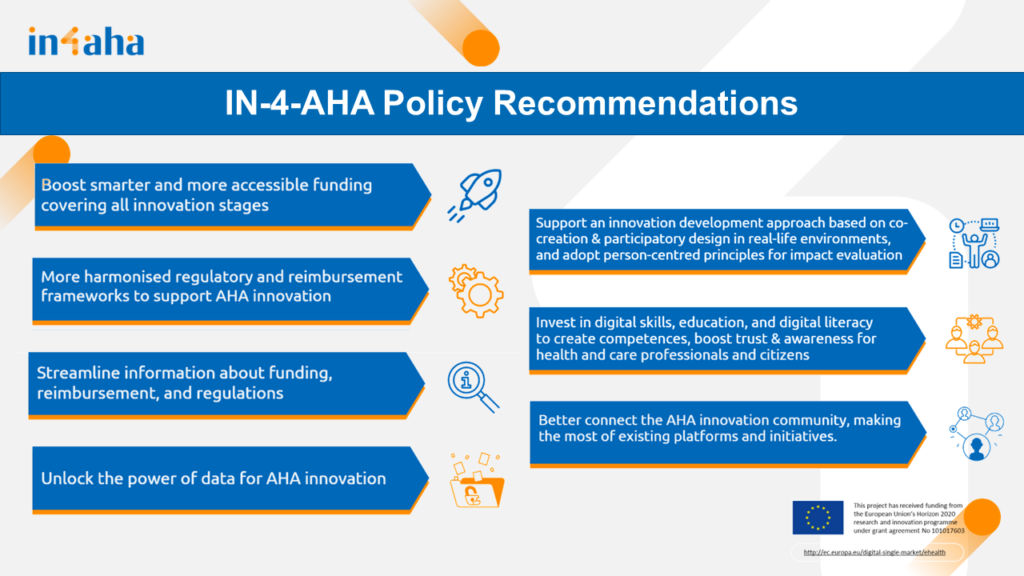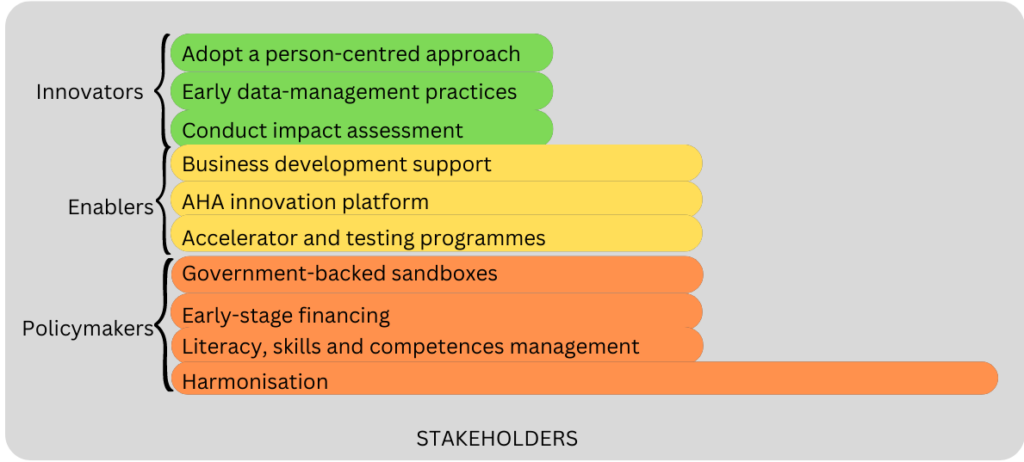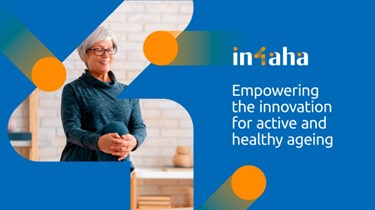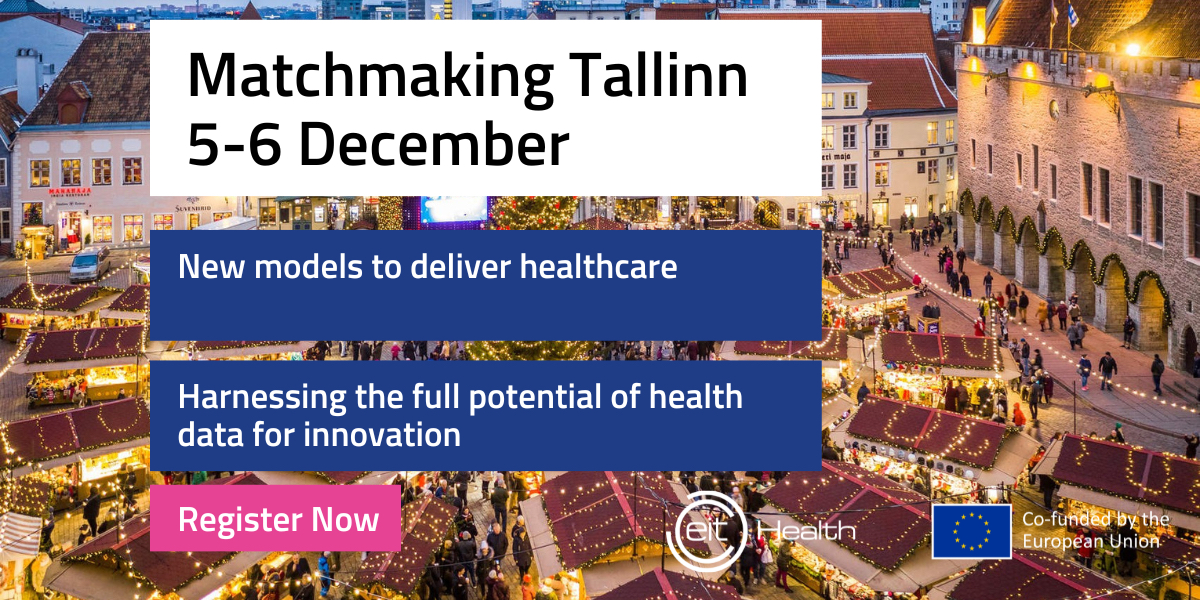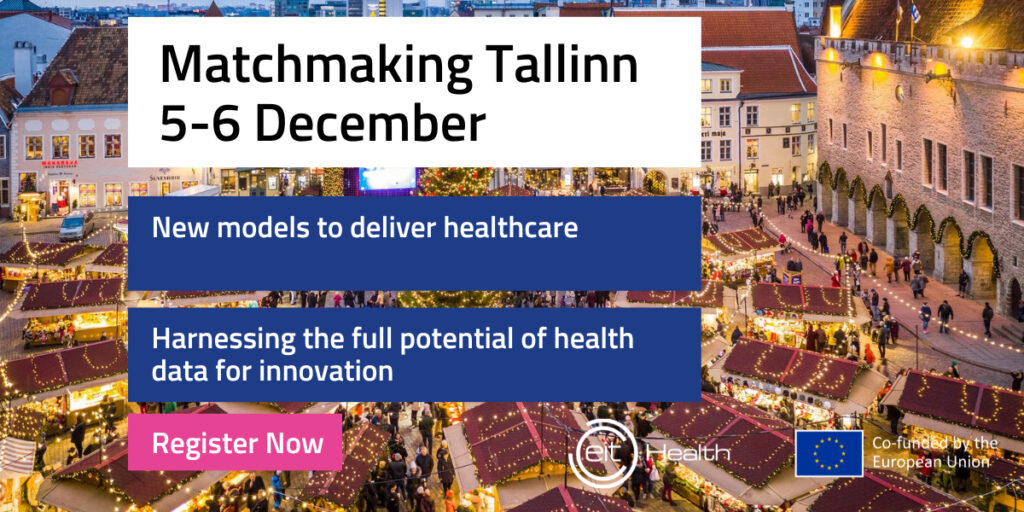What are currently the biggest strengths of Estonia’s healthcare system? What do we do that sets an example for other countries?
It seems so basic to us to be able to see our health data in one place on a single national portal or to be able to book appointments across hospitals. This is, in fact, very exceptional in the world, which is why delegations from other countries visit Estonia almost every week; by now, people almost everywhere in the world have come to expect similar solutions.
You could say that at the time when work first began in Estonia on creating the Patient Portal, we had an advantage in that there was no other system around – we started from scratch. Those attempting to do the same today are faced with a much more difficult task because there are many players in health care and all of them now use some kinds of digital systems that may prove tricky to integrate. We have also established working practices and processes for the digital era and broad-based agreements must be made for centralised solutions. These aspects are complex and often costly for the parties involved. On the other hand, newcomers can learn from the choices of their predecessors. Hence the interest in Estonian solutions.
When the Estonian e-government is compared with other countries, our two main ‘competitors’ are Singapore and South Korea. We recently hosted delegations from these countries to examine Estonia’s Patient Portal. It is interesting to see how they are ahead of us in some respects, but at the same time they consider a centralised health information system as the ultimate goal. It is seen as one of the prerequisites for the next step in health innovation. Other countries take an interest in our Patient Portal in technological, managerial and societal terms.
How does the state plan to contribute to keeping people healthier and living longer?
All developments are designed to give people more years of healthy life and to achieve this, we are developing personalised medicine, testing prevention programmes, adding new screening tests, investing in awareness-raising, modelling patient journeys and so on. In any case, the focus is on prevention and early detection.
Since people have different paths in life, it is not possible to offer a universal solution. We must constantly adapt our solutions to people. For example – how to take into account that people today are travelling more than ever before. We have to consider this because not only do our people go on short tourist trips, but they can also live, study and work in other countries. One of the directions here is the transfer of health data across borders. For example, you can already take a digital prescription issued in Estonia to a pharmacy in Finland, Portugal or Croatia, and a person’s medical history statement can be sent with them to a number of countries if they so wish. We are also working on transferring lab tests and X-ray images. Provided that the patient wants to transfer such data, or course.
Where is the healthcare sector heading, both in Estonia and in neighbouring countries? Where is innovation going in this area?
Medicine is literally becoming more personalised for everyone. Adopting new methods and solutions will help us move in this direction. In addition, Estonia and neighbouring countries, especially Finland, have a good track record in collecting health data. We have to work out the best balance point to make sure that data, arguably the most valuable asset we have today, can be valued and so that companies can team up with researchers to develop new solutions, while guaranteeing privacy and security. Here, Estonia, together with Europe, is moving towards a solution through the single health data space that entails improved quality of care and a basis for research and innovation in health care. At the same time, Estonia is also setting up a consent service that will allow each individual to decide whether and with which companies they want to share their health data.
What do you think will be the next big thing in health care in Estonia?
I recall a conference where someone said that small countries basically have no big data, but Estonia does, because we started collecting digital data so long ago that our time series amount to years, thus making our data big data. Data are modern day oil. That being said, we still don’t know how to sufficiently add value to them. We face a number of obstacles, from quality to fears, but everyone understands that we benefit from data – data help us to draw conclusions, speed up diagnoses, provide more personalised treatment and save costs.
Estonians can already use the first data-driven proactive services and we are starting to create increasingly more tangible benefits from data. The next leap forward in health care and other sectors will certainly be based on data use and adding value to data. For this, we need to make data more widely available to facilitate innovation. There is, however, a major challenge to overcome when it comes to health and social data – how to give researchers and businesses access to high quality data at a sufficient level of detail while maintaining people’s privacy.
What should change or be done in your opinion to bring more innovation to health and social care? When might we see so-called unicorns in this field, for example?
Health and social care are increasingly seen as an integrated whole. Finland has made a lot of progress in harmonising these fields and Estonia has also managed to take steps in this direction. As both areas are constantly evolving, more emphasis should be placed on cooperation between the public and private sectors. Partnership is also important because we are small countries. We cannot implement centralised solutions for everything at the state level. And there is no need to – just as our e-government started as a partnership between the state and the private sector, we can develop it further along the same lines.
I like the idea of looking at innovation as evolution: innovation finds a way. Estonians gain a competitive advantage when the state doesn’t hamper innovation and instead creates suitable conditions for innovation and ensures that no good idea misses an opportunity. Innovation is not about ideas, it’s about execution.
Do you want to check out the IN-4-AHA participatory design process toolkit? You can access it here or download the related deliverable document here. And do not miss the opportunity to visit our page to discover all other IN-4-AHA key outputs.
Want to know more about IN-4-AHA and its outcomes, register now for the Final Conference of the project, taking place in Tallinn (and online) on 7th December 2022! Seats are limited, check out the event agenda and register now!

